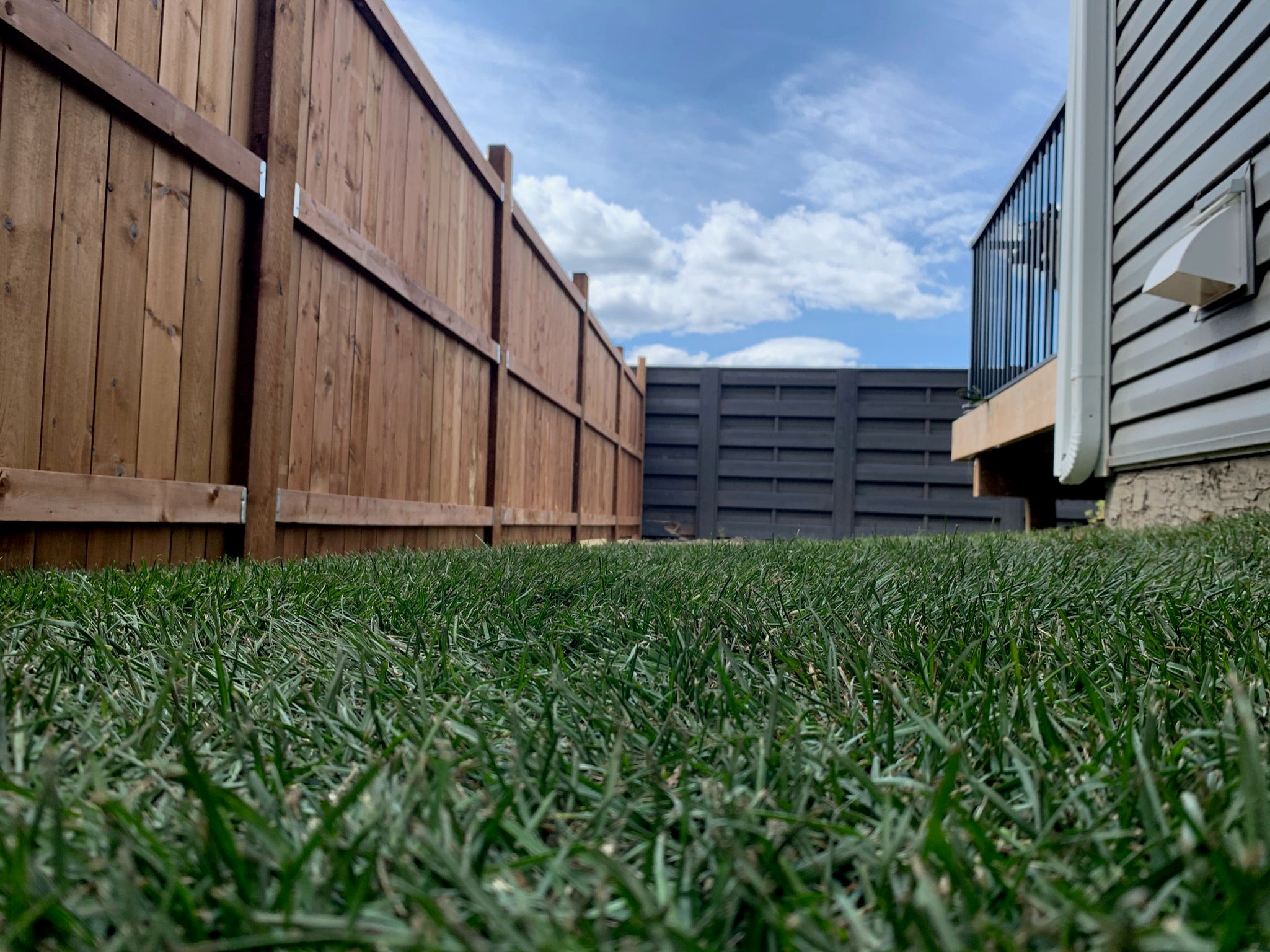
The Impact of Sod on Weed Prevention and Control
Introduction: Weeds are a common nuisance in lawns and landscapes, competing with grass for water, nutrients, and sunlight and detracting from the overall appearance of the landscape. In this blog post, we'll explore the impact of sod on weed prevention and control, highlighting how proper sod installation and maintenance practices can help minimize weed growth and maintain a healthy, vibrant lawn.
1. Weed-Free Sod Establishment: One of the significant advantages of sod installation is the immediate establishment of a weed-free lawn. Sod is grown on weed-free soil and is harvested before weeds have a chance to take root. This means you'll start with a clean, weed-free lawn, reducing the need for herbicides and ongoing weed control efforts.
2. Dense Sod Coverage: Sod provides dense coverage that helps prevent weed seeds from germinating and taking root in the soil. The dense mat of grass blades and interconnected root system create a barrier that inhibits weed growth and competition. By promoting healthy grass growth and minimizing bare spots, sod helps maintain a weed-resistant lawn that requires less maintenance and intervention.
3. Proper Soil Preparation: Proper soil preparation is crucial for successful sod installation and weed prevention. By addressing soil compaction, improving soil structure, and incorporating organic matter, you can create an optimal growing environment for sod and promote strong, healthy root development. Healthy sod roots compete more effectively with weeds for water and nutrients, reducing weed establishment and proliferation.
4. Regular Maintenance Practices: Implementing regular maintenance practices such as mowing, watering, and fertilizing can further enhance weed prevention and control in sodded lawns. Mow the grass at the appropriate height to encourage dense growth and shade out weeds. Water deeply and infrequently to promote deep root growth and avoid shallow, weed-friendly root systems. Apply fertilizer according to soil test recommendations to promote healthy grass growth and minimize weed competition.
5. Weed Identification and Management: Despite best efforts, some weeds may still emerge in sodded lawns. Promptly identify and address weed infestations using appropriate weed management techniques, such as hand-pulling, herbicide application, or targeted weed control methods. Regularly inspect the lawn for signs of weed growth and take proactive measures to prevent weed establishment and spread.
Conclusion: In conclusion, sod installation offers significant benefits for weed prevention and control, providing homeowners with a clean, weed-free lawn that enhances the beauty and value of their outdoor space. By investing in proper soil preparation, promoting dense sod coverage, implementing regular maintenance practices, and promptly addressing weed infestations, homeowners can achieve a healthy, vibrant lawn that is resistant to weed competition and requires minimal intervention.
